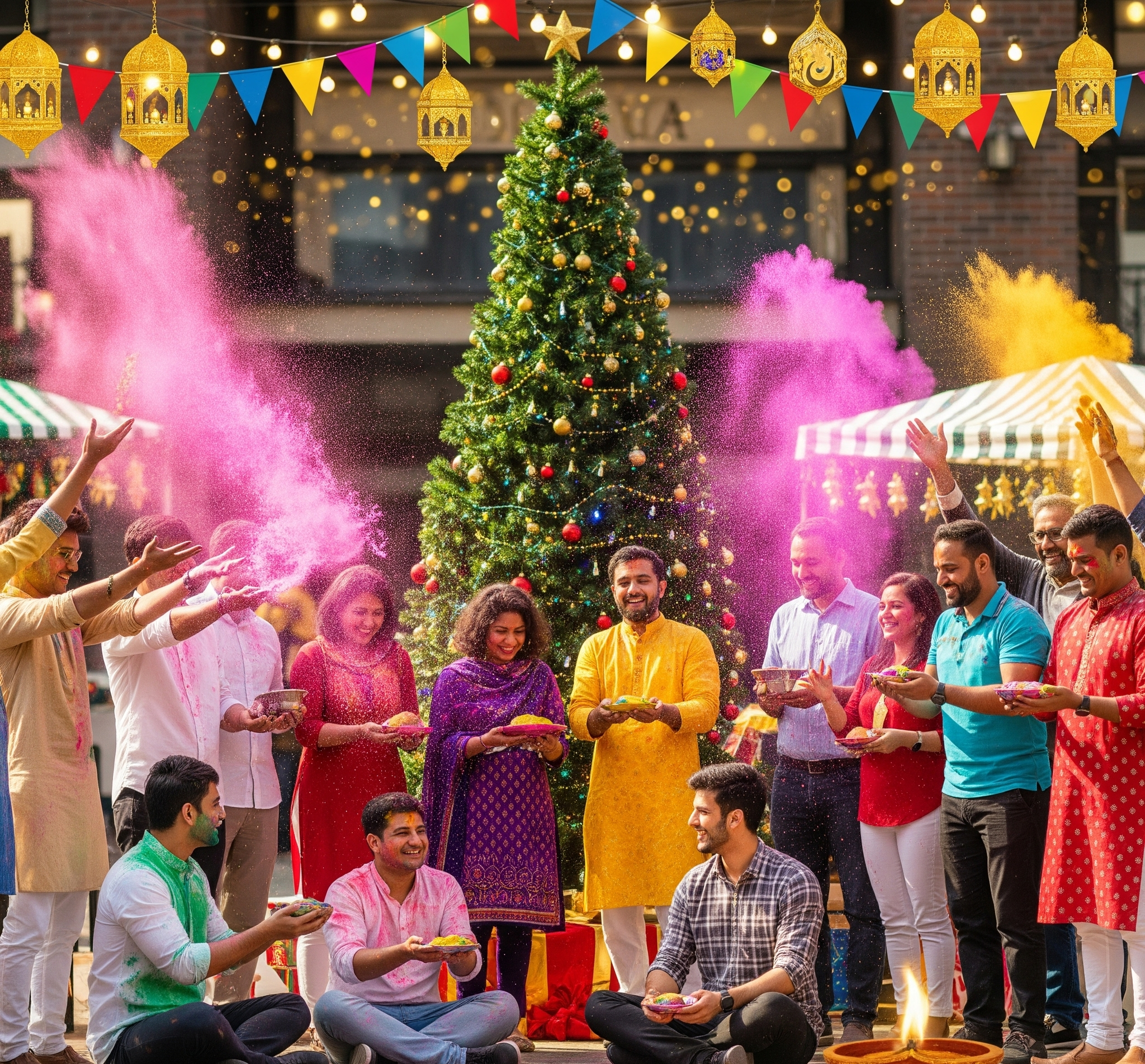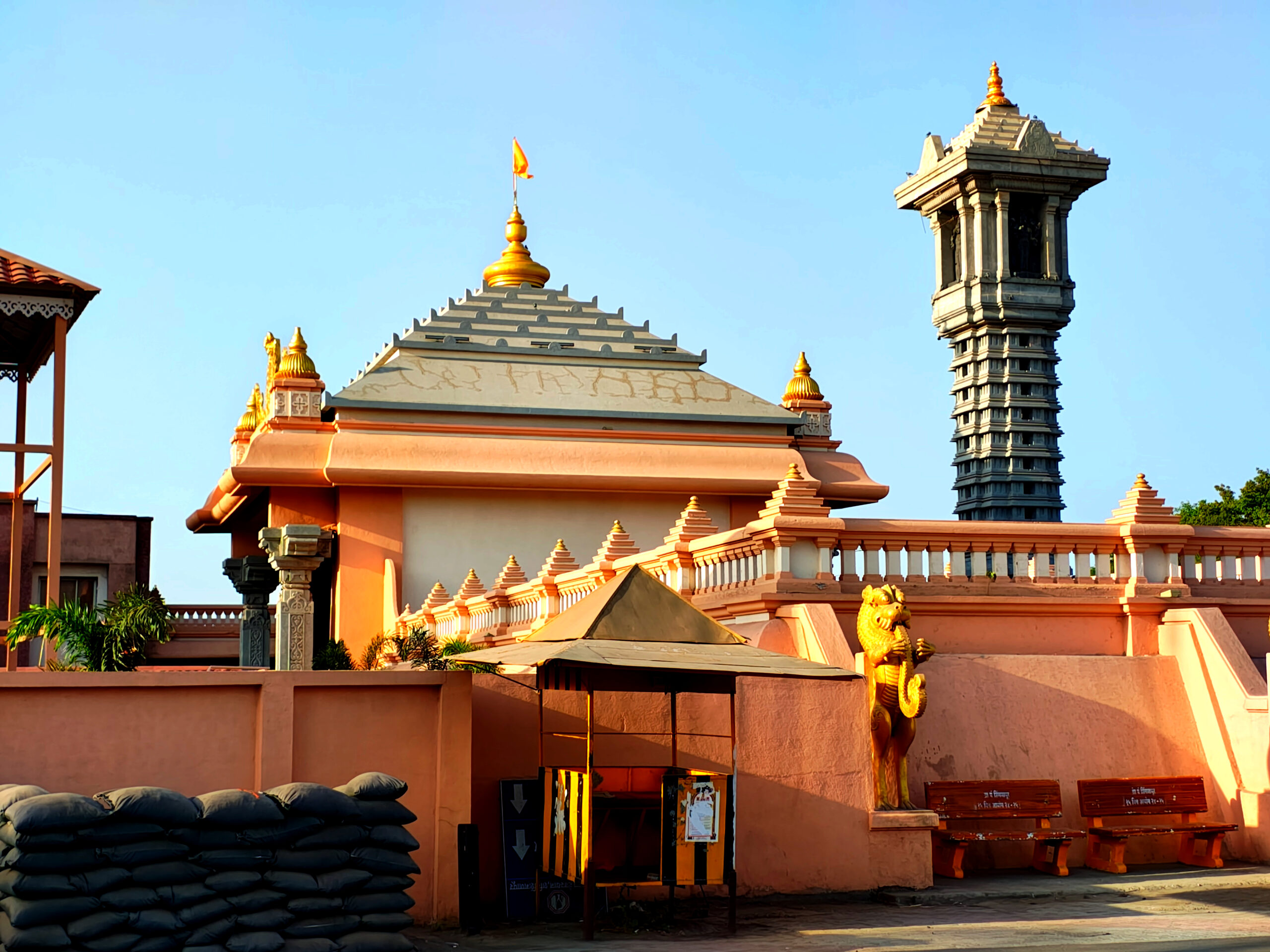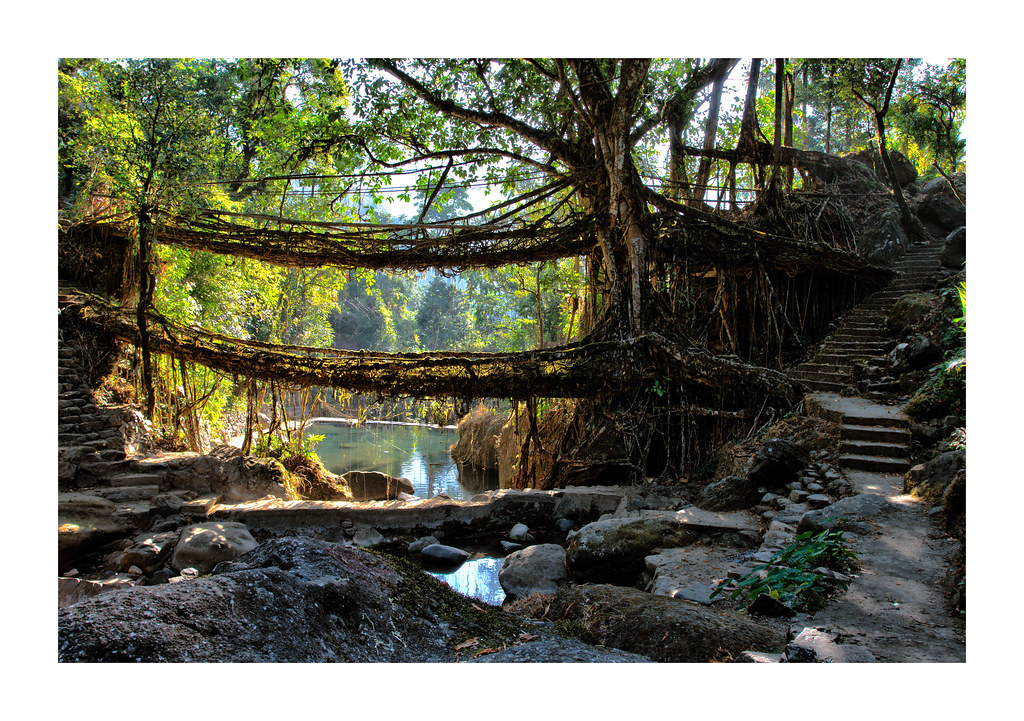Top 5 Fascinating Facts About Indian Culture

India, a land where ancient traditions blend seamlessly with the rhythms of modern life, stands as a testament to one of the world’s oldest and most diverse cultures. With a history spanning over 5,000 years, Indian culture is not just one-dimensional—it is a vibrant mosaic of languages, religions, arts, rituals, philosophies, and social values. It is both deeply rooted in spirituality and strikingly progressive in its adaptability.
Here, we explore five compelling facts about Indian culture that not only highlight its richness and uniqueness but also reflect why it continues to captivate scholars, travelers, and seekers from around the globe.
1. India Is a Cultural Kaleidoscope: Over 2,000 Ethnic Groups and 1,600 Spoken Languages
One of the most astonishing aspects of Indian culture is its linguistic and ethnic diversity. India is home to over 2,000 distinct ethnic groups and an estimated 1,600 spoken languages, with 22 officially recognized languages under the Eighth Schedule of the Indian Constitution. These languages belong to four major language families—Indo-Aryan, Dravidian, Austroasiatic, and Tibeto-Burman.
What makes this remarkable is how language intertwines with regional culture. In Tamil Nadu, ancient Tamil literature and temple architecture reign supreme. In Punjab, vibrant Bhangra music and the heroic poetry of Sikh traditions thrive. In West Bengal, intellectual debates at roadside cafés coexist with reverence for goddess Durga.
Despite these differences, unity in diversity is the hallmark of Indian civilization. While each community preserves its linguistic and cultural identity, the overarching sense of Indian-ness remains strong—a living example of harmonious pluralism.
2. Spirituality and Religion Are Deeply Interwoven into Everyday Life
India is often referred to as the spiritual capital of the world, and with good reason. It is the birthplace of four major world religions: Hinduism, Buddhism, Jainism, and Sikhism. Spirituality is not an isolated aspect of Indian life—it is woven into everyday activities, architecture, family traditions, and even politics.
Festivals like Diwali, Eid, Christmas, Baisakhi, and Durga Puja are celebrated with grandeur, transcending religious boundaries and fostering communal harmony. Temples, mosques, churches, and gurudwaras are not just places of worship but also centers for community gathering and social service.
The concept of Dharma (righteous duty), Karma (cause and effect), and Moksha (liberation) guide ethical behavior in Indian society. Whether it’s performing a simple act of charity or observing a sacred fast, religious and spiritual practices are not limited to rituals—they are a way of life that connects the individual with the universe.
3. Indian Classical Arts Reflect Millennia of Cultural Sophistication
India’s contributions to art, music, dance, and literature are profound and ancient. The country boasts eight classical dance forms (like Bharatanatyam, Kathak, and Odissi) and two primary classical music traditions—Hindustani in the north and Carnatic in the south. These are not mere performances; they are spiritual offerings, often rooted in mythology, devotion, and cosmic rhythm.
India’s classical arts are unique for their integration of multiple disciplines—dance includes gesture (mudra), storytelling (abhinaya), rhythm (tala), and melody (raga). Performers undergo years of disciplined training under the guru-shishya (teacher-student) tradition, emphasizing character-building as much as skill.
Similarly, Indian literature, from Vedic hymns and epic texts like the Mahabharata and Ramayana to modern works by Rabindranath Tagore, R.K. Narayan, and Arundhati Roy, has left an indelible mark on global literary thought.
These classical forms, while ancient, continue to evolve with time, proving Indian culture’s extraordinary capacity for innovation within tradition.
4. The Indian Philosophy of “Atithi Devo Bhava”: Guest Is God
Hospitality in Indian culture goes far beyond good manners—it is a sacred tradition. The ancient Sanskrit saying “Atithi Devo Bhava”, meaning “The guest is equivalent to God,” encapsulates the Indian approach to welcoming others.
Whether you enter a home in a small village or a luxury hotel in a metro city, you are likely to be greeted with a warm smile, a folded-hand Namaste, and an offer of food and drink. This deep-rooted cultural trait isn’t about courtesy alone—it stems from a belief that serving others is a form of divine service.
This philosophy has shaped India’s reputation as a country where strangers are treated with care, kindness, and respect. It is also why family structures in India are often extended, with multiple generations living under one roof, emphasizing care, togetherness, and collective responsibility.
5. Indian Cuisine Is a Global Sensory Journey with Regional Identities
Indian cuisine is much more than spicy curries—it is a culinary narrative of geography, religion, history, and trade. Influenced by ancient Ayurvedic principles, foreign invaders, and colonial powers, Indian food tells stories of migration, resistance, and adaptation.
Each region has its unique flavors:
- Northern India is known for rich gravies, tandoori breads, and dairy-based dishes like paneer and butter chicken.
- Southern India delights with rice-based staples like dosa, idli, and sambar, flavored with mustard seeds, curry leaves, and coconut.
- The West, including Gujarat and Maharashtra, showcases a mix of sweet, salty, and spicy elements, with strong vegetarian traditions.
- In the East, particularly Bengal and Odisha, fish curries, mustard oil, and sweets like rasgulla dominate.
Indian cuisine also respects dietary boundaries—there are ancient traditions of vegetarianism, rooted in Jain and Hindu beliefs, as well as rich non-vegetarian traditions in Muslim and coastal communities.
The use of spices (over 30 regularly used ones) is not just for flavor—it reflects Ayurvedic principles of balancing the body’s energies. No wonder Indian food has become a beloved global cuisine.
Conclusion: A Culture That Embraces Eternity and Change
Indian culture is not static—it is timeless yet evolving, ancient yet adaptive. What makes it truly fascinating is its ability to absorb diverse influences while retaining its core essence. From the way festivals are celebrated to how art is practiced, from language diversity to spiritual unity, India offers a culture that is both vast and intimate, complex yet soulful.
These five facts barely scratch the surface of what Indian culture represents. Yet, they highlight the foundational strengths that make it one of the richest cultural legacies in human history—a living tradition that continues to inspire, guide, and connect people across the world.
Whether you experience India through its sacred chants, colorful festivals, classical dances, or warm hospitality, one thing is certain: Indian culture is not just to be observed—it is to be felt, lived, and celebrated.





